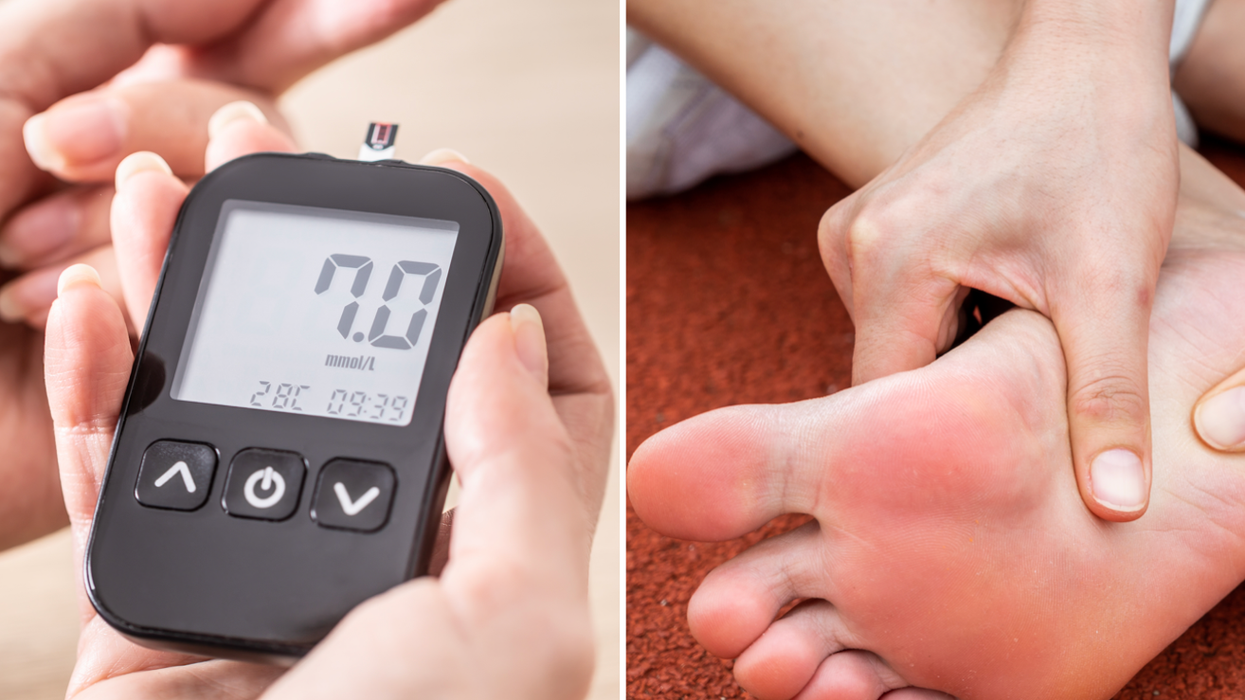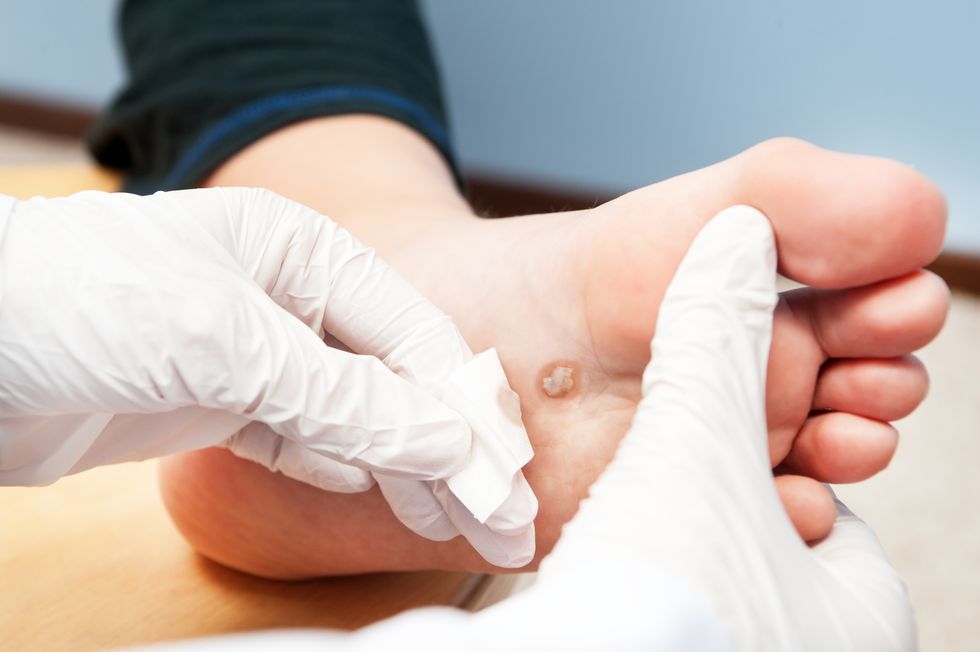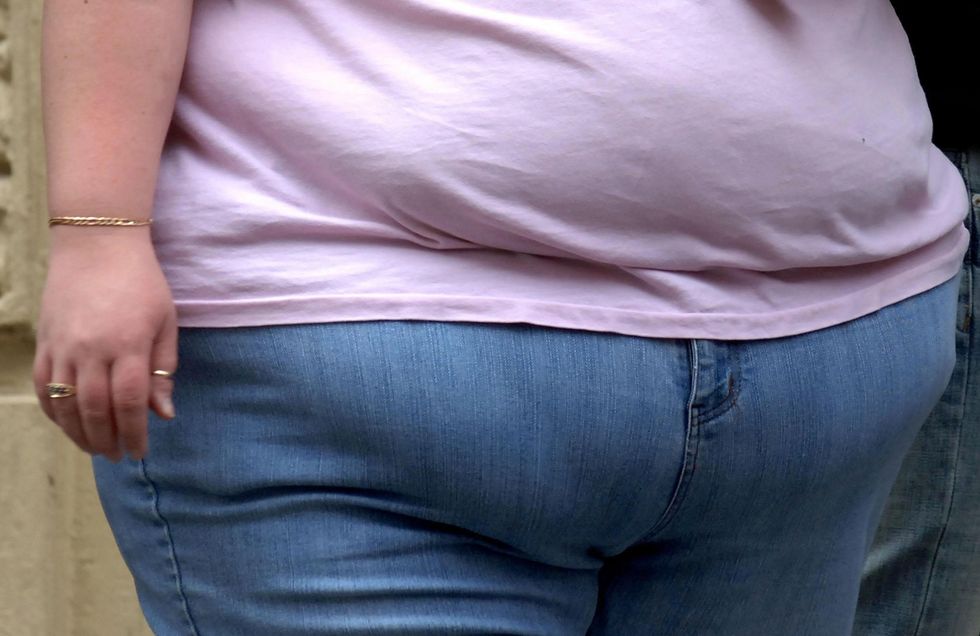14 symptoms of type 2 diabetes in the feet that can lead to amputation as study reveals 39% rise in under 40s

Someone with diabetes is 20 times more likely to experience an amputation.
|Getty Images

With the 'silent killer' on the rise in Britain, our digital health editor provides a chilling look at the impact it can have on the body
Don't Miss
Most Read
Latest
Diabetes is on the rise, with new research revealing those under 40 are at a higher risk than ever before.
Diabetes UK have released a report showing a 39 percent increase in type 2 diabetes in those aged 39 and under.
With diabetes rates skyrocketing, it's more important than ever to watch out for the warning signs as early intervention can avert disaster.
The clearest example of this progression can be seen in the feet.
Over time, consistently high blood sugar levels - the hallmark of type 2 diabetes - can ravage the feet.

In fact, someone with diabetes is 20 times more likely to experience an amputation.
Why? High blood sugar can damage nerve in the legs and feet. Depending on the affected nerves, this can result in numbness.
Because many diabetic patients can't feel pain or have a loss of sensation in their feet and/or toes, ulcers or wounds can develop and become infected.
Infected wounds can lead to gangrene - a serious condition where a loss of blood supply causes body tissue to die.
If gangrene significantly damages tissue and cannot be healed, or if there is a severe infection that cannot be controlled by other treatments, amputation might be the only option.
Foot signs to spot
To avoid this escalation, you should take time out of your day to sit down and have a proper look at your feet, advises Diabetes UK.
Your feet should also be checked every year by your GP, diabetes nurse or podiatrist.
If you spot any of the following changes, you need to see your GP:
- Tingling sensation or pins and needles (like numbness)
- Pain (burning)
- A dull ache
- Shiny, smooth skin on your feet
- Hair loss on your legs and feet
- Loss of feeling in your feet or legs
- Swollen feet
- Your feet don't sweat
- Wounds or sores that don’t heal
- Cramp in your calves when resting or walking
And if you notice any of these changes, see your local foot team urgently:
- Changes in the colour and shape of your feet
- Cold or hot feet
- Blisters and cuts that you can see but don’t feel
- Foul smell coming from an open wound
LATEST DEVELOPMENTS

Researchers attribute the jump in diabetes rates to poor diets and obesity.
| PAGeneral symptoms to spot include peeing more than usual, feeling thirsty all the time and feeling very tired.
Behind the latest rise
Researchers attribute the jump in diabetes rates to poor diets and obesity. This due to the cheaper, unhealthy food that is now readily available, which is high in fat, salt and sugar, they say.
But the good news is, kicking these bad habits can slash your risk of being diagnosed.
It’s advisable to eat healthily and move your body to ensure your body mass index (BMI) stays at a healthy level.










